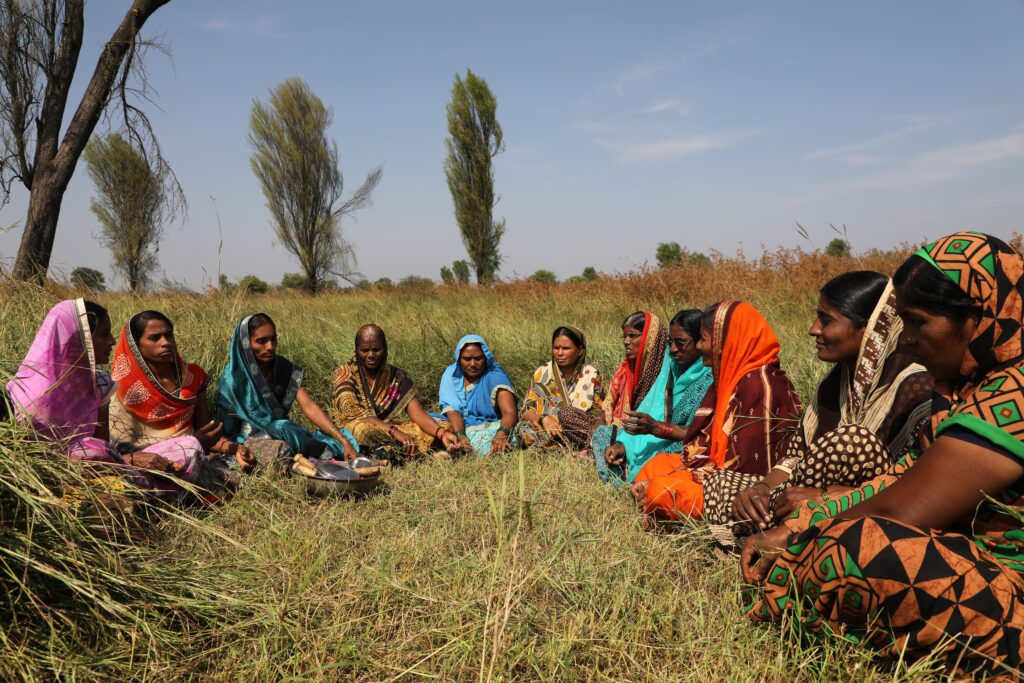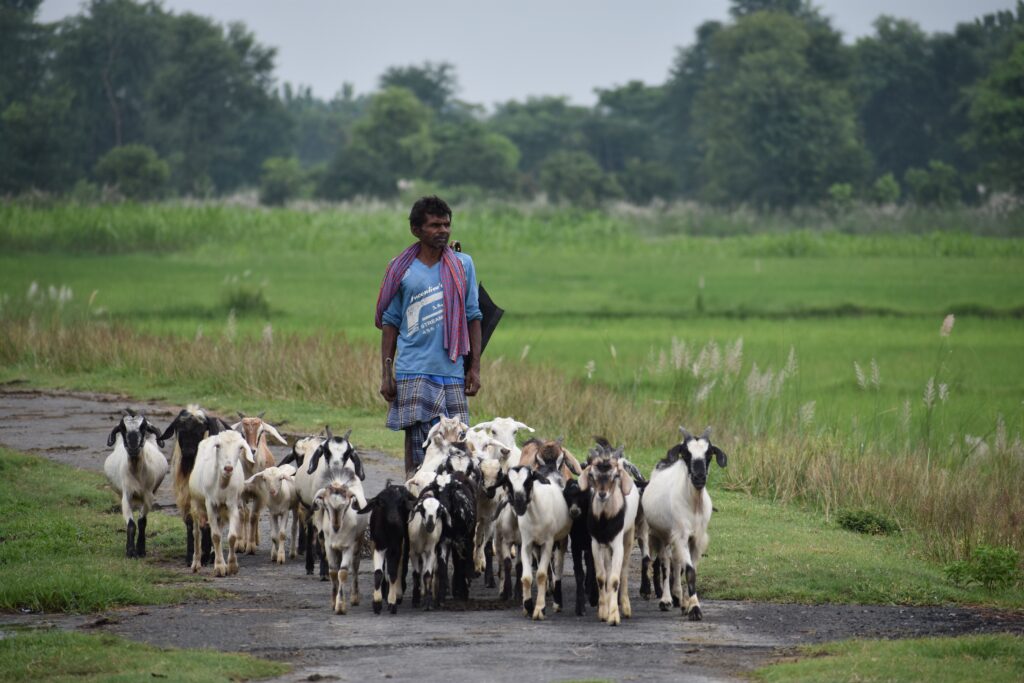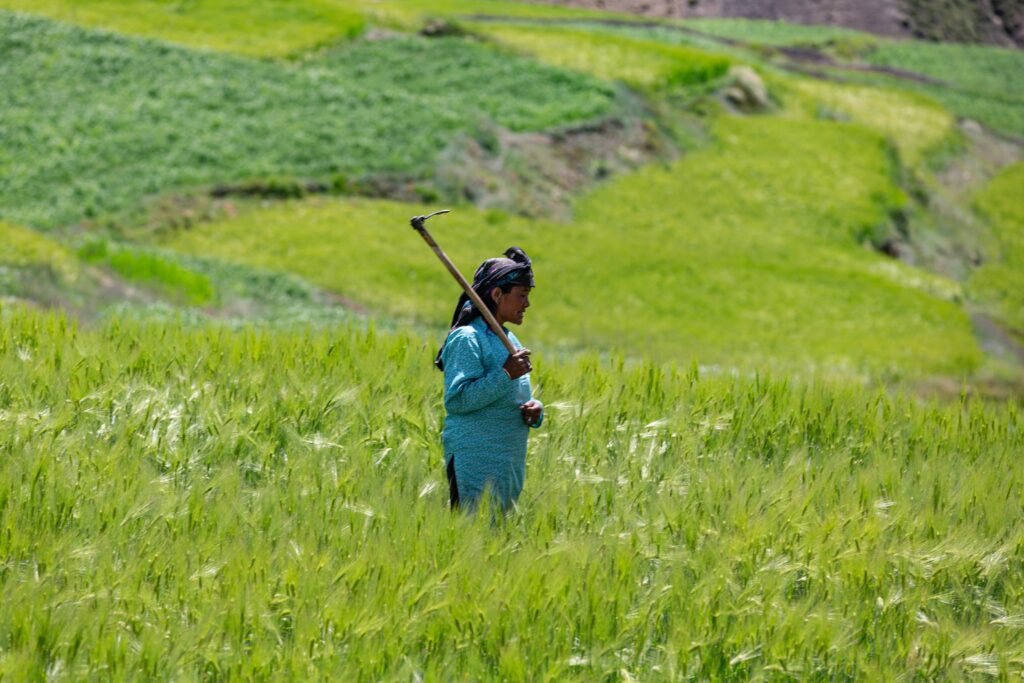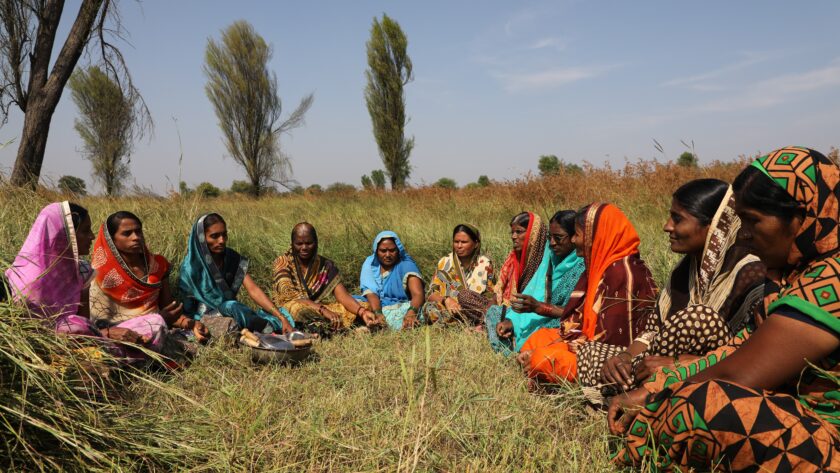The environmental problems are universal with global, regional, and national dimensions. On the contrary, laws are applicable within geographical boundaries.
It is imperative to have some legislation in place to protect the environment. The statutory backing helps to deal with an Act of God. It also rectifies human-induced disasters and sets limits on exploitation.
Before looking at the existing environmental laws in India, the reader must question the amendments, changes and deregulation done in a few years. For example, adjustments are being made to such legislations to ensure ease of doing business in India.
The question is- Should the man adjust to nature or nature adjust to the man? This dichotomy has always existed with theorists from both sides claiming superiority over another. However, the latter yet seems far fetched in today’s reality, thus the answer is obvious if mankind wishes to thrive.

Indian legal framework:
SC Judgement and constitutional provisions
In K. M. Chinnappa v. Union of India, the Supreme Court defined Environmental Law as an instrument to protect and develop the environment and control or prevent any act that pollutes the environment.
Under the Directive principles of state policy, the state shall protect and improve the environment and safeguard the forests and wildlife of the country. M C Mehta Vs. Union of India case also highlighted this provision. Furthermore, now right to a clean environment is a part of Fundamental Rights under Article 21- right to life that makes it enforceable and mandatory for states to ensure a safe environment.
Similarly, the subject of forests and the protection of wild animals and birds are under the concurrent list. Both the union and states have authority over them.

Pre-independence law: In need of change
The Indian Forest Act, of 1927 is a colonial-era law. The preamble of the act had a purely economic intent. The aim was to regulate the movement of forest produce and levy tax on timber and other minor forest produce (MFP).
Government-appointed MB Shah Report of 2010 & Subramanian Report of 2015 stressed amending IFA, 1927. The draft amendment proposed in 2019 was even more colonial and frightening. It reversed the improvements made with the new age laws like the Forest rights act, 2006. Instead, it should have worked for the conservation challenges of the future.
Impact on forest-dwelling tribes

The forest officials held absolute authority to shoot tribals for violation of laws. It could increase misuse by the forest bureaucracy considering tribals as Maoists in disguise.
It deprived the nomads and tribal people of their age-old rights and privileges. The revenue potential of timber overshadowed other values like biodiversity, soil fertility, ownership rights.
The act failed to acknowledge that compensation and livelihoods are two very different things. The former cannot fulfill the demand of the latter.
Post-independence:

Dr. Madhav Gadgil and Dr. Ramachandra Guha argued that post-independent demands of the commercial-industrial sector replaced strategic imperial needs as the cornerstone of forest policy and management.
Stress on industrial and economic growth tilted the ecological balance. But since the UNFCCC came into effect, the awareness to preserve and restore the environment has multiplied.
Development of environmental jurisprudence in India
Wildlife Protection Act of 1972
The law prohibits hunting, smuggling, illegal trade in wild animals and their derivatives and protects endangered species listed in the six schedules. The act also provides legal support to conservation areas like national parks, wildlife sanctuaries.
Most importantly, the constitution of the National tiger conservation authority is remarkable as, among the 13 tiger range countries, more than 80% of tigers are in India.

Impact of the law
The institutional structure provided is only advisory like the National board for wildlife. Because of the non-implementation of recommendations, the issue of poaching and illegal trade persists, for example, trading of exotic species like star tortoise from coasts of Odisha.
One more inconsistency observed is tribal hunting rights vs wildlife protection laws. The recent killings of 200 animals by tribals in West Bengal as part of the annual hunting season was a point of contention.
The answer lies in finding a middle ground between the public trusteeship over such wildlife and customary tribal rights.
Forest conservation act, 1980
It consolidated forest-related legislation and aimed to curb unchecked deforestation. The act made it necessary to get permission for using forest land for non-forestry purposes. Because of this clause, it gets difficult for private entities to acquire land for infrastructure projects and afforestation-related activities.

The one good thing is, it accords protection to even not notified forests, following the SC order in TN Godavarman Thirumulkpad vs the Union of India. According to the directive, the laws for forest protection must apply to all forests, regardless of ownership or classification.
Proposed changes- Larceny of forest resources
A recent amendment involves a conscious theft of personal property and village resources. It aims at providing exemptions to businesses like safaris, zoos, mining in the garb of development. In turn, this will limit the scope for community access and traditional ownership by the tribals.
It treats an industrialist and a local tribal equally. If a village wants to build infrastructure on its forest land and an industrialist wants to build an industrial facility, both must get approval first.
The inherent dichotomy is, it attempts to stop deforestation and at the same time allows non-forest use of forest land. The solution lies in adopting the dictionary definition of the term forests by the Forest department, to expand the scope of FCA.
Environment protection act, 1986
It was enacted under article 253 of the constitution, soon after the Bhopal Gas Tragedy, and is considered umbrella legislation. The purpose was to implement the decisions of the Stockholm conference, 1976.
The act provides for emission standards, a nationwide programme for the prevention, control, and abatement of pollution, eco-sensitive zones, etc.
EIA 2020 draft: what went wrong?

The most contentious issue is of Environmental impact assessment notified under the provisions of the said act. EIA is a tool to anticipate the likely environmental impact of proposed developmental activities and suggest mitigation measures and strategies.
The problems with the draft were as follows-
- The Post Facto Approval led to the violation of the precautionary principle of environmental sustainability.
- It reduces public consultation time from 30 to 20 days.
- Norms for hydel power projects with an installed capacity of less than 25MW weakened.
- It allows the declaration of some areas as economically sensitive areas without a public hearing or environmental clearance.
- It is up to the government to decide on strategic projects, and no information about them will be made public.
Impact on the guardians of the forest- Adivasis and tribals
The proposed EIA is anti-environment and anti-people. It restricts public input and ignores engagement with affected populations. To limit public consultation means to silence voices that are unheard otherwise.
It also holds the full potential to cause mass displacement of Adivasis and tribal communities. Moreover, the Covid-19 pandemic has made it harder for people to mobilise against it.
The Scheduled Tribes and Other Traditional Forest Dwellers (Recognition of Forest Rights) Act 2006
Through the National Forest Policy of 1988, the Centre acknowledged the symbiotic relationship between tribals and forests for the first time which was later consolidated with the passage of FRA, 2006.

The various rights provided to forest communities are-
• Title rights
• Use rights
• Relief and development rights
• Forest management rights
• Other community rights
The passage of the FRA later coincided with the broader wave of decentralisation in governance, marked by panchayats extension to scheduled areas (PESA), which acknowledged the rights of forest communities over forest produce.
Poor implementation of FRA
It is used to displace forest residents from Protected areas. Presently, the number of tribal people forcibly displaced from developmental activities accounts for more than 50% of all people displaced.

Despite the court ordering rapid completion of the rights recognition process, there has been almost no progress on this front. According to a report, India has recognised only 3% of the community forest rights. The country has about 300+ reported cases of environmental conflicts, and the Adivasi community has mobilised resistance in 57% of them.
The act demonstrates significant developments for environmental governance transition. As a result, implementation is critical for achieving social justice and upholding environmental regulations.
Women Empowerment: The Missing Piece Of Environmental law
“Climate change is a man-made problem with a feminist solution”
Mary Robinson
Women play a critical role in managing natural resources due to their caregiving responsibilities and livelihood activities at the family and community levels. Example- fetching water, sources of fuel, working as agriculture labour. They produce an estimate of 60-80% food in developing nations. There is empirical evidence that women have a decisive role in ensuring food security and preserving local agro-biodiversity.
Feminization of Agriculture

In India, an increasing “feminisation of agriculture” can be seen where women labour accounts for 33% of the labour force. This makes them the most vulnerable to environmental degradation and climate change.
Most Indian environmental policies have adopted a single-pronged approach to all environmental challenges, rather than considering a more localised strategy that includes women as key stakeholders in policy implementation and design.
The emergence of Self Help Groups in various parts of South India, which allow women to strategize development initiatives and control decision-making and funds, is a step in the right direction that has to be encouraged and promoted further.

What do we conclude?
India does not have a deficit of laws and rules. Despite expansion in environmental laws and agencies, there is a national trend of weak enforcement.
The impact of laws has not been consistent, particularly in recent years when the focus shifted sharply to aggressive development when the aim was to pursue sustainable development by meeting current demands without compromising future generations’ requirements.
We are witnessing that economic growth and environmental sustainability are not merely compatible objectives but their integration and inter-generational equity are essential for the future of humankind.
You may also like this The NET-ZERO: a Real deal? or greenwashing agenda!
About the Author:
Manali Mathur

Manali Mathur is a freelance editor and research enthusiast. Although she enjoys open-hearted conversations about life, being an extrovert with humour comes in handy. She pursued a master’s in political science from Delhi University and was a former intern at NHRC, Delhi. Her core areas of interest lie in public policy, diplomacy, environment, governance, administration.







[…] ENVIRONMENTAL LAWS AND IT’S IMPACT ON WOMEN AND TRIBALS IN INDIA […]